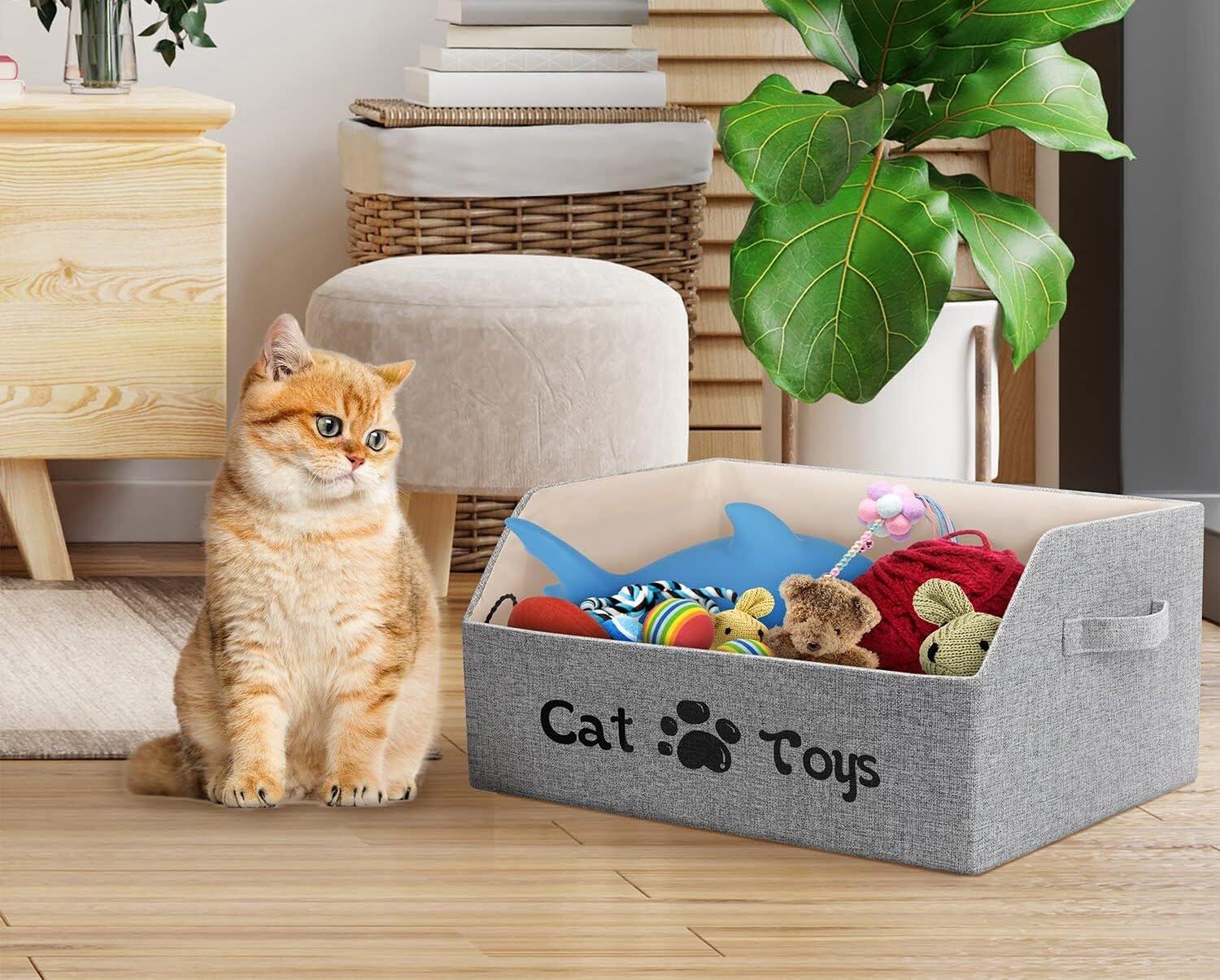

Articles
How To Store Cat Toys
Modified: January 21, 2024
Looking for articles on how to store cat toys? Discover the best tips and ideas to keep your cat's toys organized and easily accessible.
(Many of the links in this article redirect to a specific reviewed product. Your purchase of these products through affiliate links helps to generate commission for Storables.com, at no extra cost. Learn more)
Introduction
As any cat owner knows, our feline friends are notorious for their love of toys. From fluffy mice to noisy balls, cat toys are scattered across our homes, bringing joy and entertainment to our furry companions. But keeping those toys organized can be quite a challenge. If you find yourself constantly tripping over a stray catnip mouse or searching for a missing feather wand, it’s time to establish a system for storing your cat’s toys.
In this article, we’ll explore various methods and strategies for effectively storing cat toys. We’ll discuss how to choose the right storage options, organize toys by type, utilize storage containers, create a dedicated toy box, rotate toys, and maintain cleanliness. By implementing these techniques, you’ll not only keep your home tidy but also ensure that your cat’s toys remain in a clean, accessible, and engaging state.
So, let’s dive in and discover the secrets to keeping your cat’s toy collection organized!
Key Takeaways:
- Keep your cat’s toys organized by choosing the right storage options, organizing toys by type, and utilizing storage containers. This ensures easy access and a clutter-free environment for both you and your furry friend.
- Rotate your cat’s toys regularly to keep playtime exciting and fresh. Maintain cleanliness by washing plush toys, cleaning interactive toys, and inspecting hard toys for damage. This promotes a safe and engaging play environment for your cat.
Read more: How To Store Pool Toys
Choosing the Right Storage
When it comes to storing your cat’s toys, it’s important to consider their size, quantity, and accessibility. Here are some factors to keep in mind while selecting the ideal storage options for your cat’s toys:
- Size: Take into account the size of your cat’s toys when choosing storage solutions. For smaller toys, such as tiny balls or soft mice, opt for containers with small compartments or pockets. Larger toys, like interactive puzzles or tunnels, may require more spacious bins or baskets.
- Quantity: Assess the number of toys your cat owns. If you have a vast collection, consider storage options that can accommodate a large quantity, such as toy chests or storage bins with ample space.
- Accessibility: Choose storage solutions that allow easy access to toys. Open baskets or bins with no lids make it simple for your cat to dig through and find the toy they want to play with. Avoid containers that are too challenging for your cat to open or ones that restrict their ability to see the toys inside.
Consider these factors to ensure that the storage method you choose is both functional and convenient for both you and your cat.
Organizing Cat Toys by Type
Organizing your cat’s toys by type can make it easier for both you and your furry friend to locate specific toys. Here are some tips for categorizing and organizing your cat’s toys:
- Categorize by toy type: Start by sorting the toys into different categories based on their type. For example, separate the plush toys from the interactive toys, the balls from the feather toys, and so on. This will help you easily identify and locate specific toys when your cat wants to play with them.
- Use labeled bins or containers: Once you’ve categorized the toys, designate specific bins or containers for each category. Label each bin with the corresponding toy type. This way, you’ll know exactly where to find a particular toy and where to put it back after playtime.
- Arrange toys in an organized manner: Within each category, arrange the toys in an organized manner. You can group similar toys together or organize them by size. This not only makes it easier to find specific toys but also adds a neat and visually appealing element to your storage area.
By organizing your cat’s toys by type, you’ll be able to quickly locate the right toy for playtime and ensure that all the toys are stored in an organized and clutter-free manner.
Utilizing Storage Containers
Storage containers are an excellent solution for keeping your cat’s toys organized and within easy reach. Here are some ways you can effectively utilize storage containers:
- Clear plastic bins: Clear plastic bins are a popular choice for storing cat toys. They allow you to easily see the contents without having to open each bin. Opt for stackable bins to save space and consider using smaller bins within larger ones to further categorize the toys.
- Hanging organizers: Hanging organizers are a creative and space-saving option for storing cat toys. These organizers typically have multiple pockets or compartments, making it easy to separate toys by type. Hang the organizer on a door or wall, and your cat’s toys will be within easy reach.
- Baskets or bins with dividers: Baskets or bins with built-in dividers are perfect for organizing different types of cat toys. You can use the dividers to separate plush toys from interactive toys or to categorize toys by size. This way, you can keep the different types of toys neatly arranged and easily accessible.
When choosing storage containers, consider the size of your cat’s toy collection and the available space in your home. Opt for containers that are sturdy, easy to clean, and can accommodate your cat’s growing toy collection.
By utilizing storage containers, you can keep your cat’s toys in one designated area, making them easy to find and creating a clutter-free environment in your home.
Store cat toys in a designated container or basket to keep them organized and easily accessible. This will also help prevent them from getting lost or scattered around the house.
Creating a Dedicated Toy Box
If you want to take your organization to the next level, consider creating a dedicated toy box specifically for your cat’s toys. Here’s how you can create a personalized and functional toy box:
- Select an appropriate container: Choose a container that is large enough to accommodate your cat’s toys and fits well in your home. A wooden crate, a decorative basket, or a plastic storage box can make excellent options for a dedicated toy box.
- Add a personal touch: Customize the toy box to make it stand out. You can paint it with your cat’s name, add stickers or decals, or even create a homemade design. This personal touch not only adds a decorative element but also makes the toy box uniquely your cat’s.
- Keep it accessible: Place the toy box in a convenient location that your cat can easily access. This way, your furry friend can independently explore the toy box and choose the toys they want to play with. Avoid placing the toy box in an area that is difficult for your cat to reach or where it may be easily forgotten.
- Maintain organization: Within the dedicated toy box, keep the toys organized by type or category. Use small storage containers, dividers, or fabric bags to separate and categorize the toys. Encourage your cat to put the toys back in the toy box after playtime by providing positive reinforcement and rewards when they do so.
A dedicated toy box not only keeps your cat’s toys in one easily accessible place but also adds a charming element to your home decor. It provides a designated space for your cat to explore and play with their toys, while keeping your living area clutter-free.
Read more: How To Store Collectible Toys
Rotating Toys
Rotating your cat’s toys is an effective way to keep them engaged and prevent boredom. Cats can easily become disinterested in their toys if they are constantly available, so rotating them helps to keep playtime exciting and fresh. Here’s how you can implement a toy rotation system:
- Divide toys into sets: Divide your cat’s toys into different sets or groups. You can have a set of plush toys, a set of interactive toys, a set of noise-making toys, and so on. The number of sets will depend on the size of your cat’s collection.
- Introduce a new set every few days: Start by offering your cat one set of toys to play with for a few days. After that, remove that set and replace it with a different set of toys. This rotation allows your cat to experience different types of toys and keeps their interest piqued.
- Store the unused sets: While one set of toys is in use, store the other sets in a separate container or area. Make sure to clean and sanitize the toys before storing them, especially if they have been recently played with.
- Switch sets regularly: Aim to switch the sets of toys every few days or once a week, depending on your cat’s preferences. Observe how engaged and interested your cat is with each set and adjust the rotation schedule accordingly.
- Reintroduce old sets: After a few weeks, you can reintroduce previously used sets of toys. This way, your cat will revisit toys they may have forgotten about, keeping them excited and engaged.
Rotating your cat’s toys not only prevents boredom but also extends the lifespan of the toys. By bringing out different toys at different times, you can keep your cat’s interest and curiosity alive, making playtime more enjoyable for both of you.
Maintaining Cleanliness
Keeping your cat’s toys clean is essential for their health and wellbeing. Here are some tips for maintaining cleanliness when it comes to your cat’s toys:
- Regularly wash plush toys: Plush toys can accumulate dirt, hair, and bacteria over time. Follow the manufacturer’s instructions and wash them regularly using pet-safe detergents. Make sure to dry them thoroughly before returning them to your cat’s toy collection.
- Clean interactive toys: Interactive toys, such as puzzle feeders or treat-dispensing toys, may require regular cleaning to remove any food residue. Check the manufacturer’s guidelines for cleaning these toys and ensure they are thoroughly rinsed and dried before use.
- Inspect and repair toys: Periodically inspect your cat’s toys for any signs of damage or wear. Discard toys that are torn, have loose parts, or pose a choking hazard. Repair or replace damaged toys to maintain a safe play environment for your cat.
- Wipe down hard toys: Hard toys, such as balls or chew toys, can be wiped down with pet-safe sanitizing wipes or a mixture of water and vinegar. This helps remove dirt and bacteria, keeping the toys clean and safe for your cat to play with.
- Rotate cleaning cycles: Consider implementing a regular cleaning schedule for your cat’s toys. You can rotate toys through a cleaning cycle, ensuring that all toys are regularly cleaned and sanitized. This helps prevent the buildup of dirt and bacteria and keeps your cat’s toys fresh and hygienic.
By maintaining cleanliness in your cat’s toy collection, you provide a safe and healthy environment for your furry friend. Regular cleaning and proper maintenance prolong the lifespan of the toys and contribute to your cat’s overall well-being.
Conclusion
Organizing and maintaining your cat’s toys is not only beneficial for you but also enhances your cat’s playtime and overall enjoyment. By choosing the right storage options, organizing toys by type, utilizing storage containers, creating a dedicated toy box, rotating toys, and maintaining cleanliness, you can create a harmonious and clutter-free environment for both you and your feline companion.
When selecting storage options, consider the size and quantity of your cat’s toys, as well as their accessibility. Clear plastic bins, hanging organizers, and baskets with dividers can be practical choices. By organizing toys by type and using labeled containers, you can easily locate and return toys to their designated spaces.
Creating a dedicated toy box adds a personal touch and keeps all the toys in one convenient place. By customizing the container and maintaining organization within it, you can provide easy access to your cat’s toys while also keeping your home tidy.
Rotating your cat’s toys introduces variety and prevents boredom. By dividing toys into sets, introducing new sets regularly, and reintroducing old sets, you can keep your cat engaged and interested in their toy collection.
Maintaining cleanliness is crucial for your cat’s health and wellbeing. Regularly washing plush toys, cleaning interactive toys, inspecting and repairing toys, and wiping down hard toys help keep them clean and safe for your cat to play with.
In conclusion, by implementing the strategies discussed in this article, you can effectively organize, store, and maintain your cat’s toys. Not only will it make playtime more enjoyable and engaging for your cat, but you’ll also have a clean and clutter-free living space. So, go ahead and create a designated toy area for your feline friend, and watch as they happily explore and play with their toys!
Frequently Asked Questions about How To Store Cat Toys
Was this page helpful?
At Storables.com, we guarantee accurate and reliable information. Our content, validated by Expert Board Contributors, is crafted following stringent Editorial Policies. We're committed to providing you with well-researched, expert-backed insights for all your informational needs.
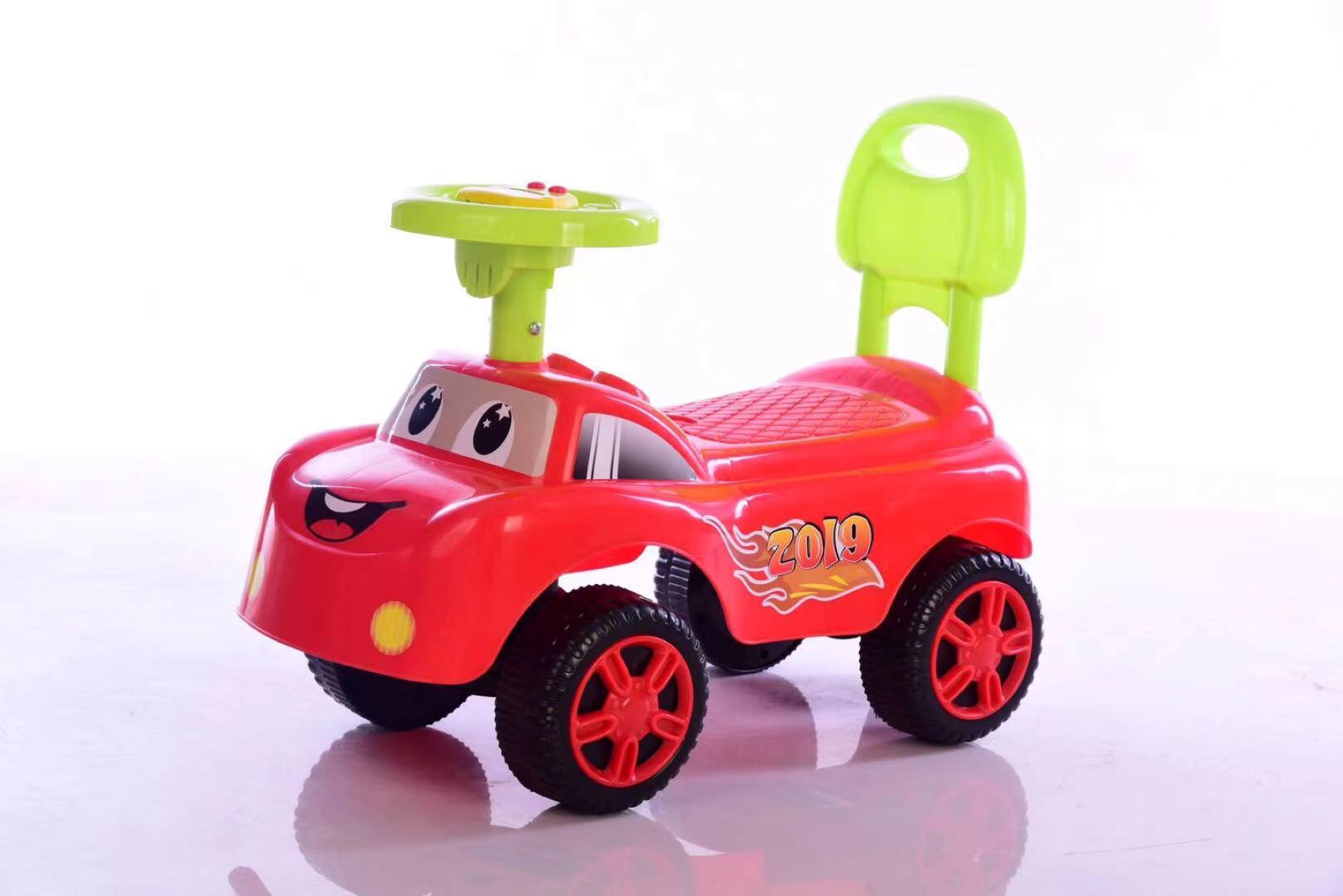
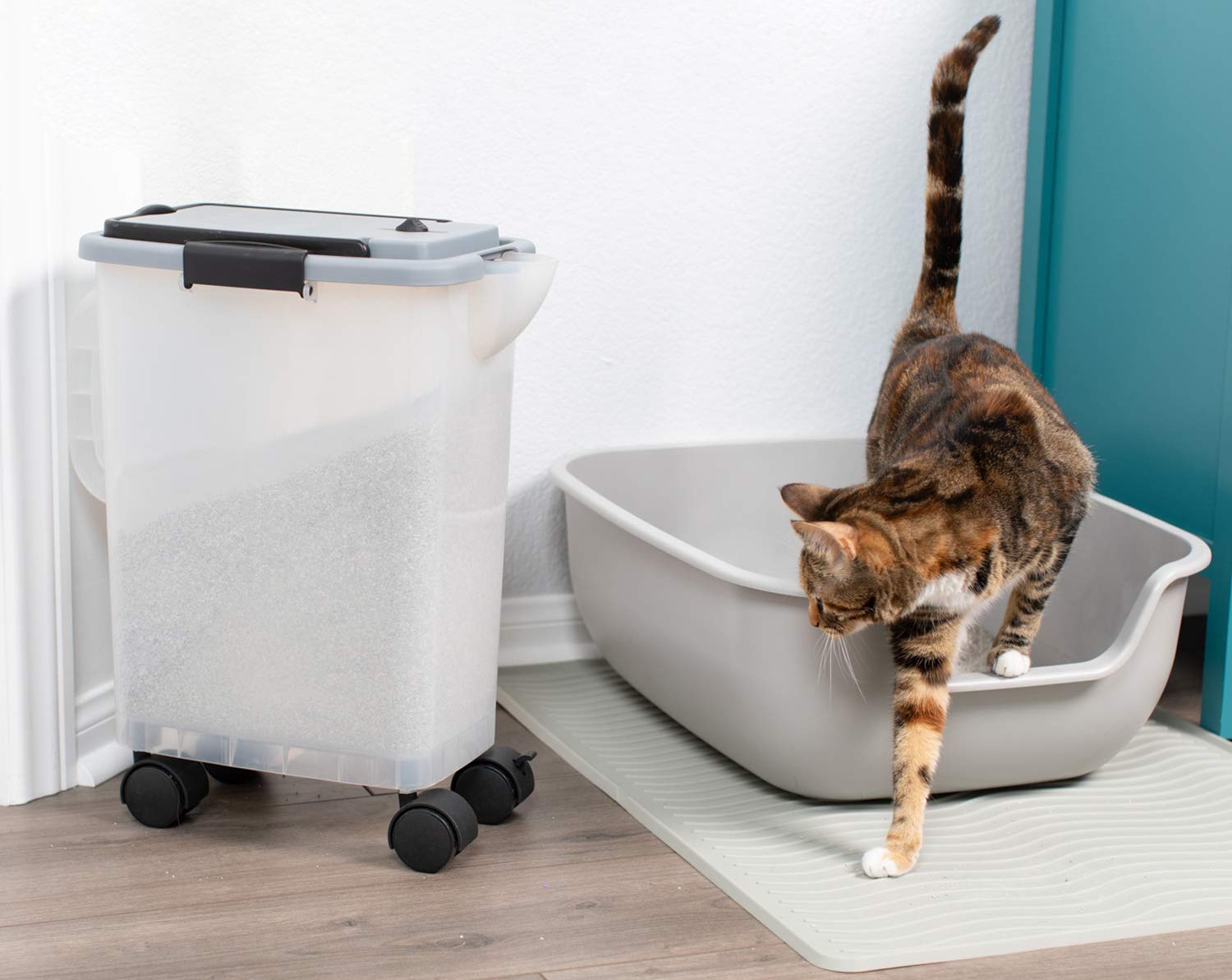
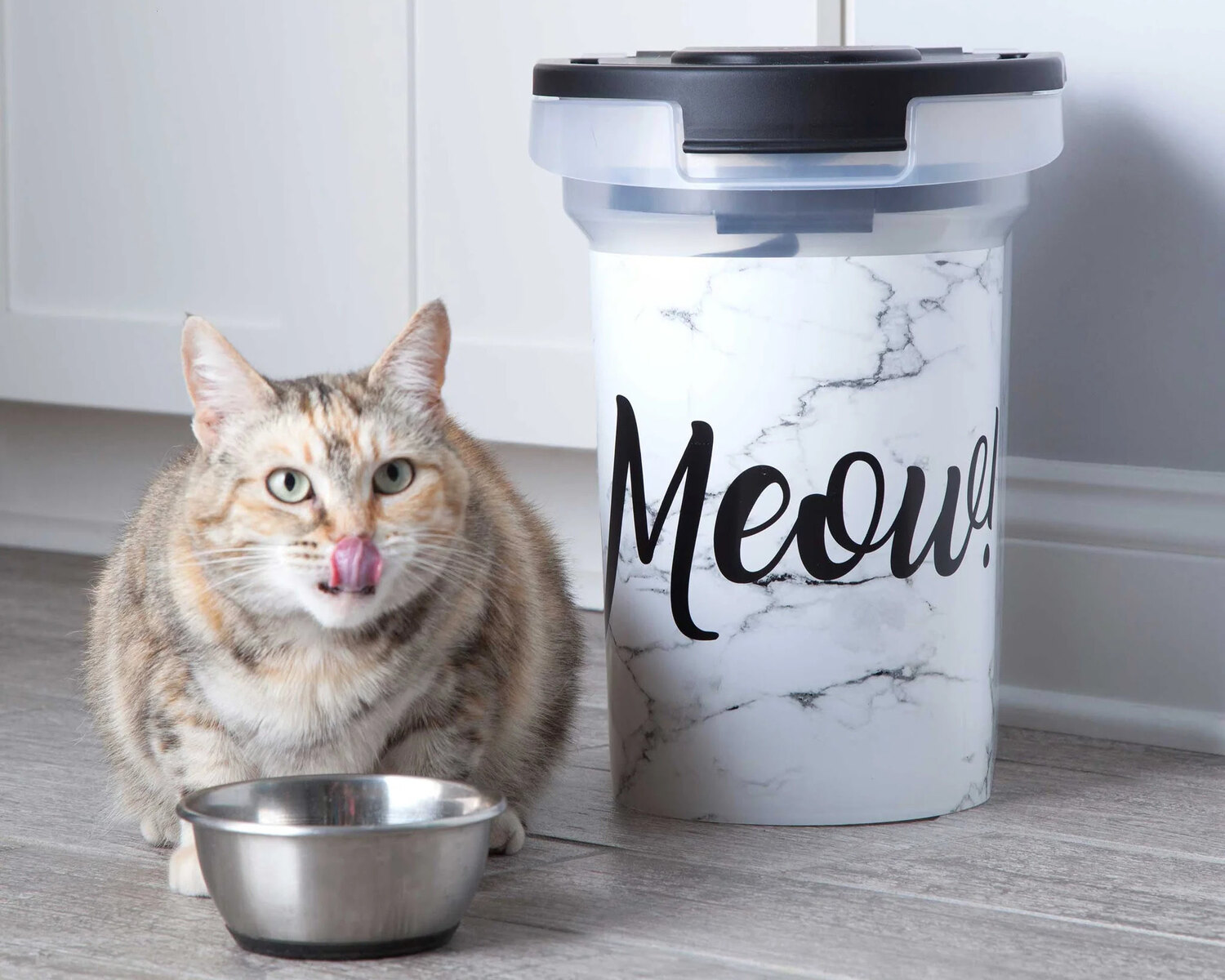


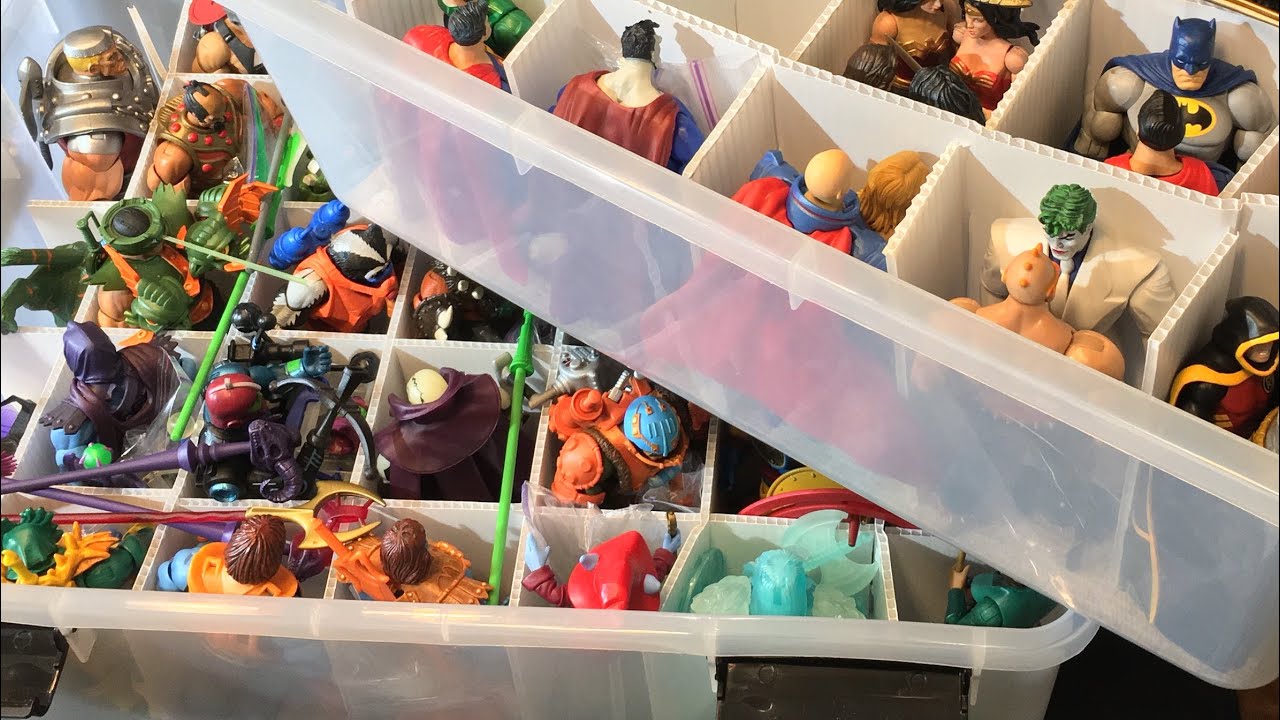
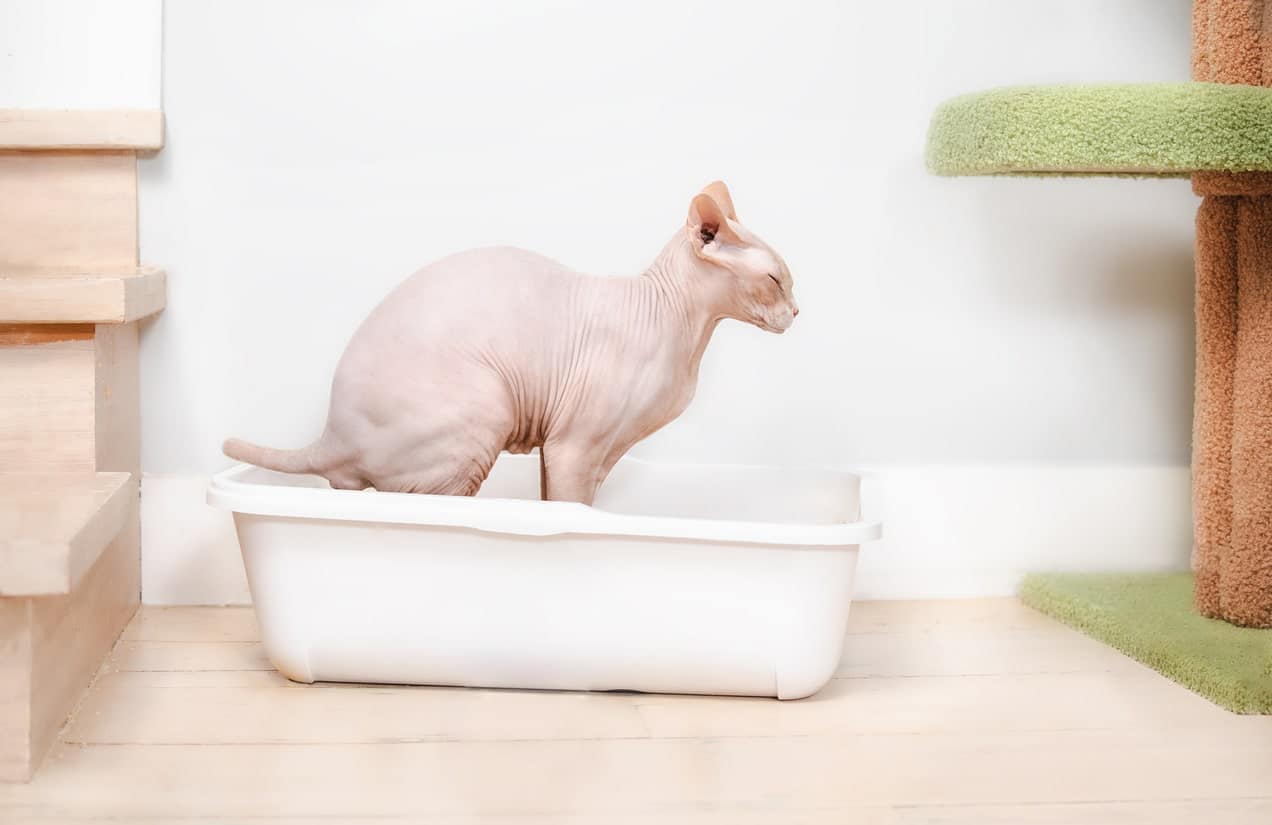
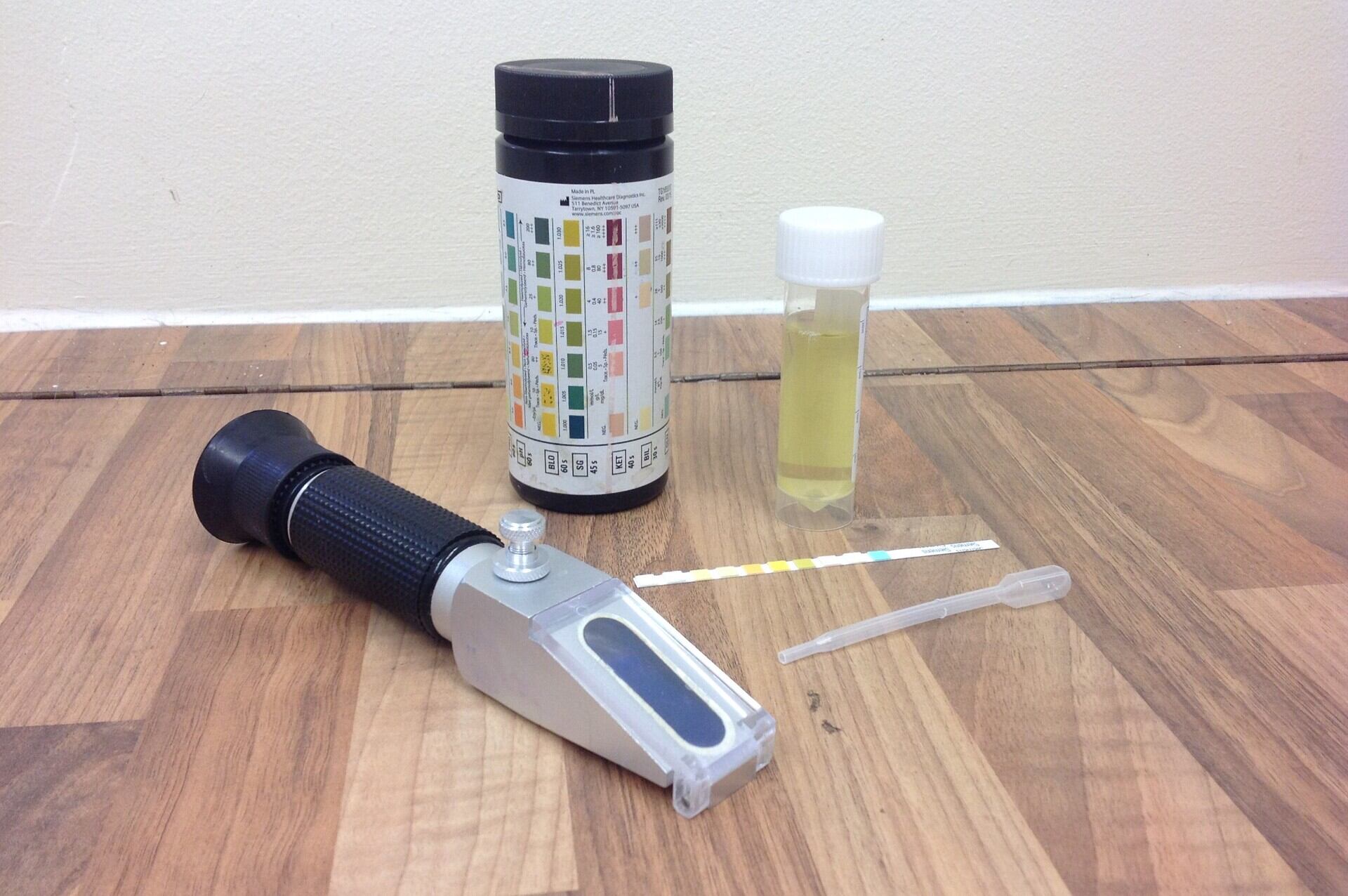
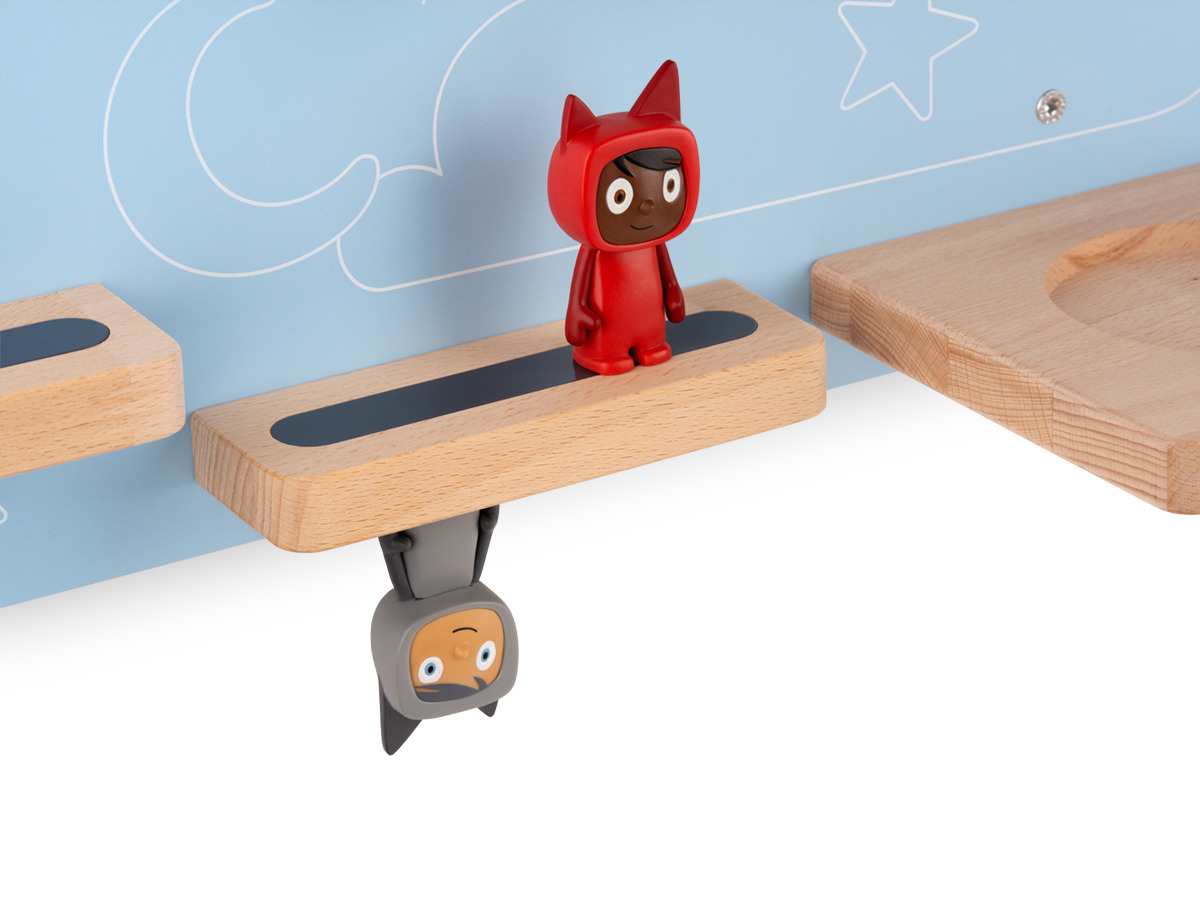
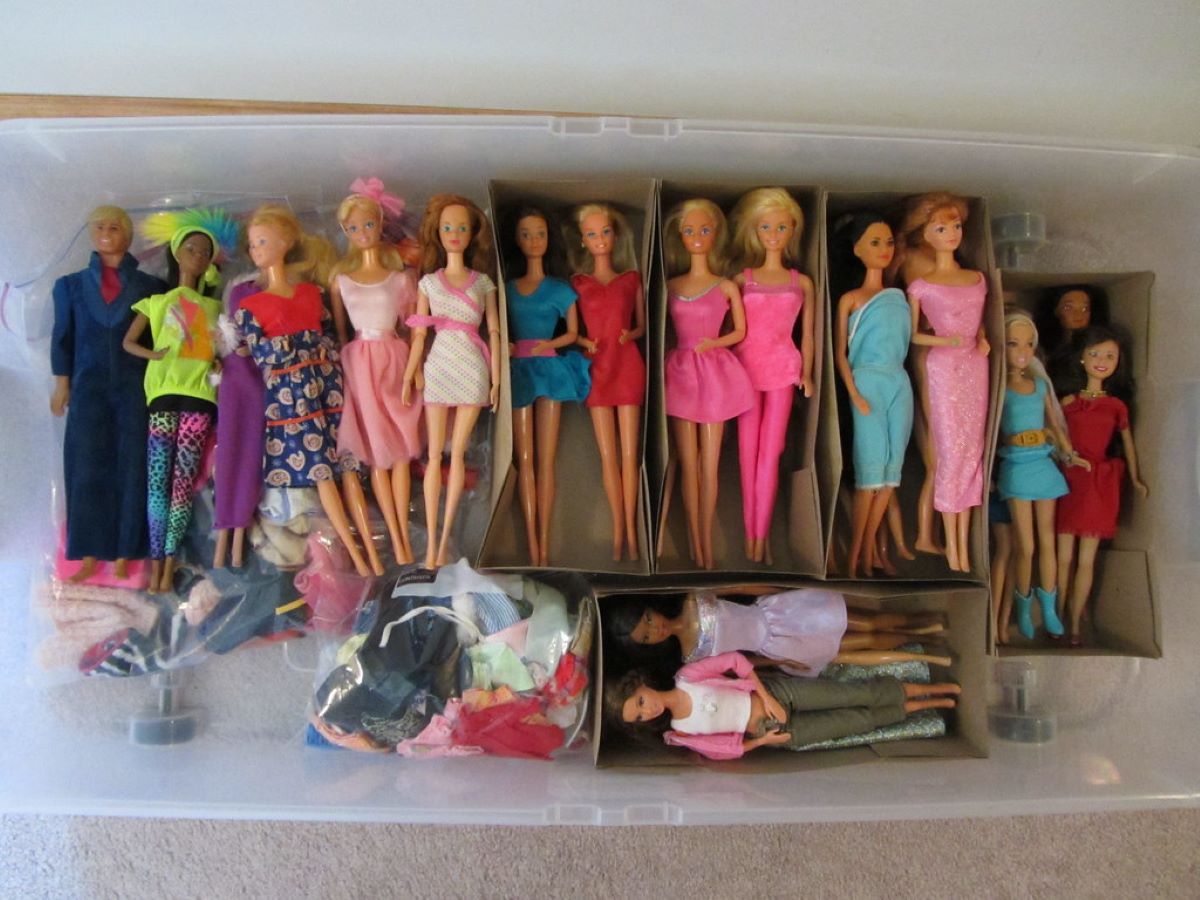
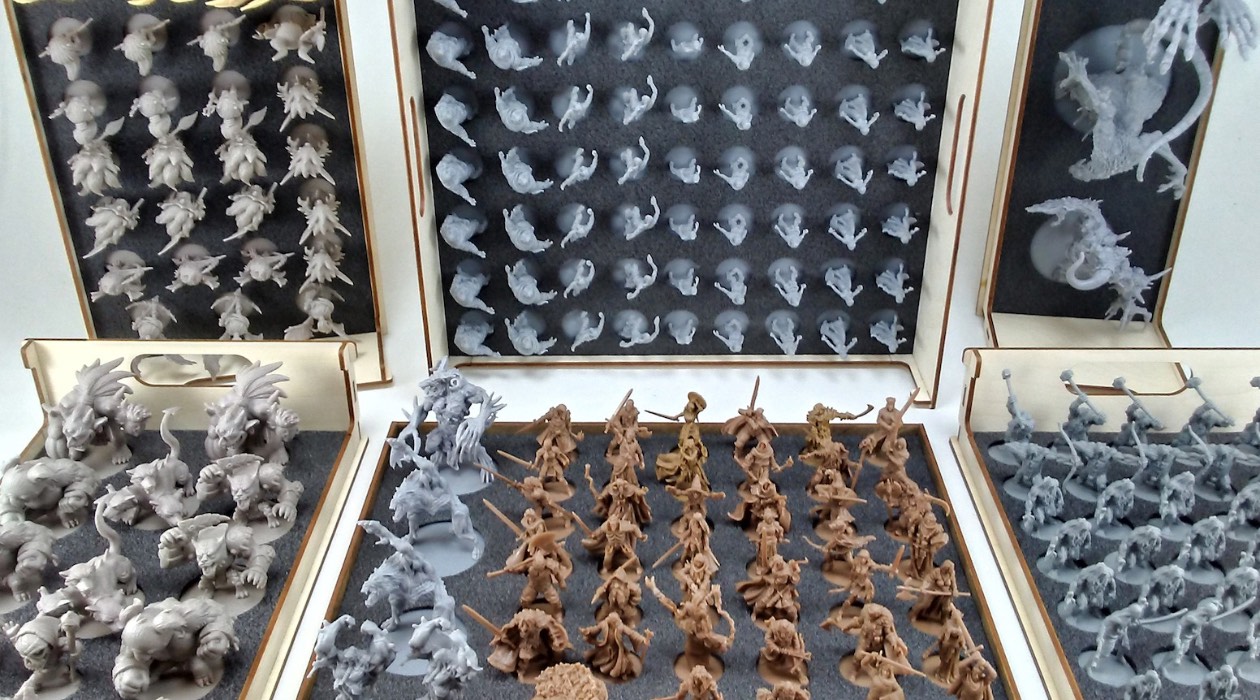
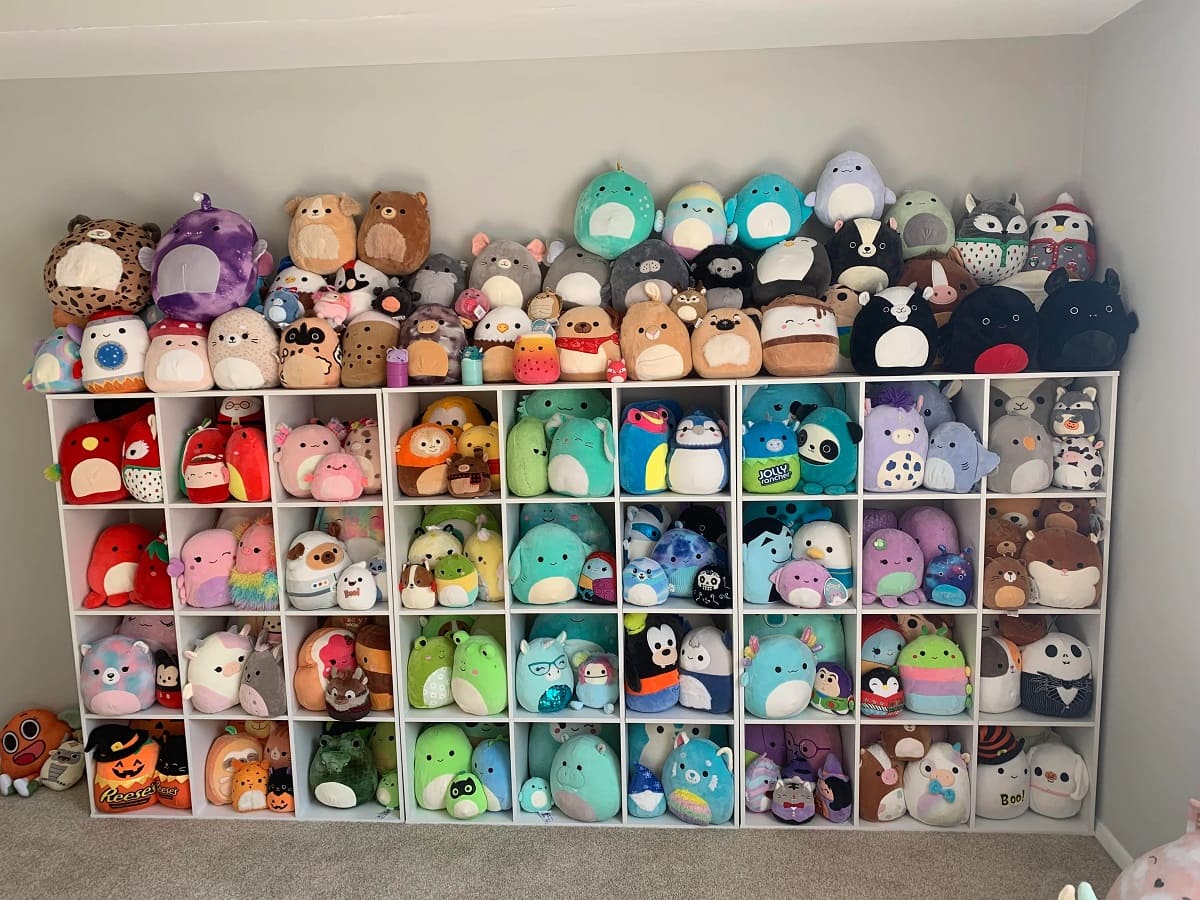
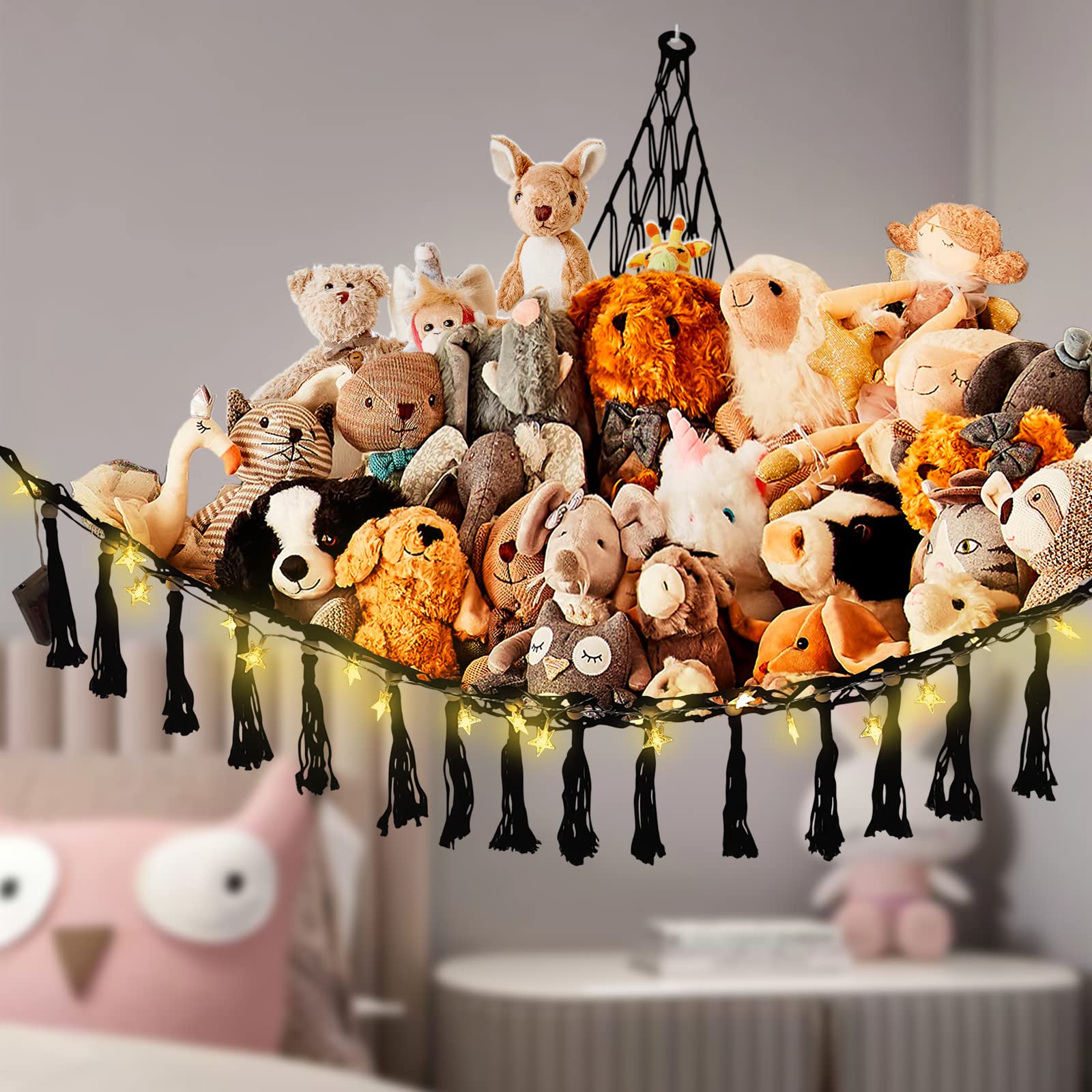
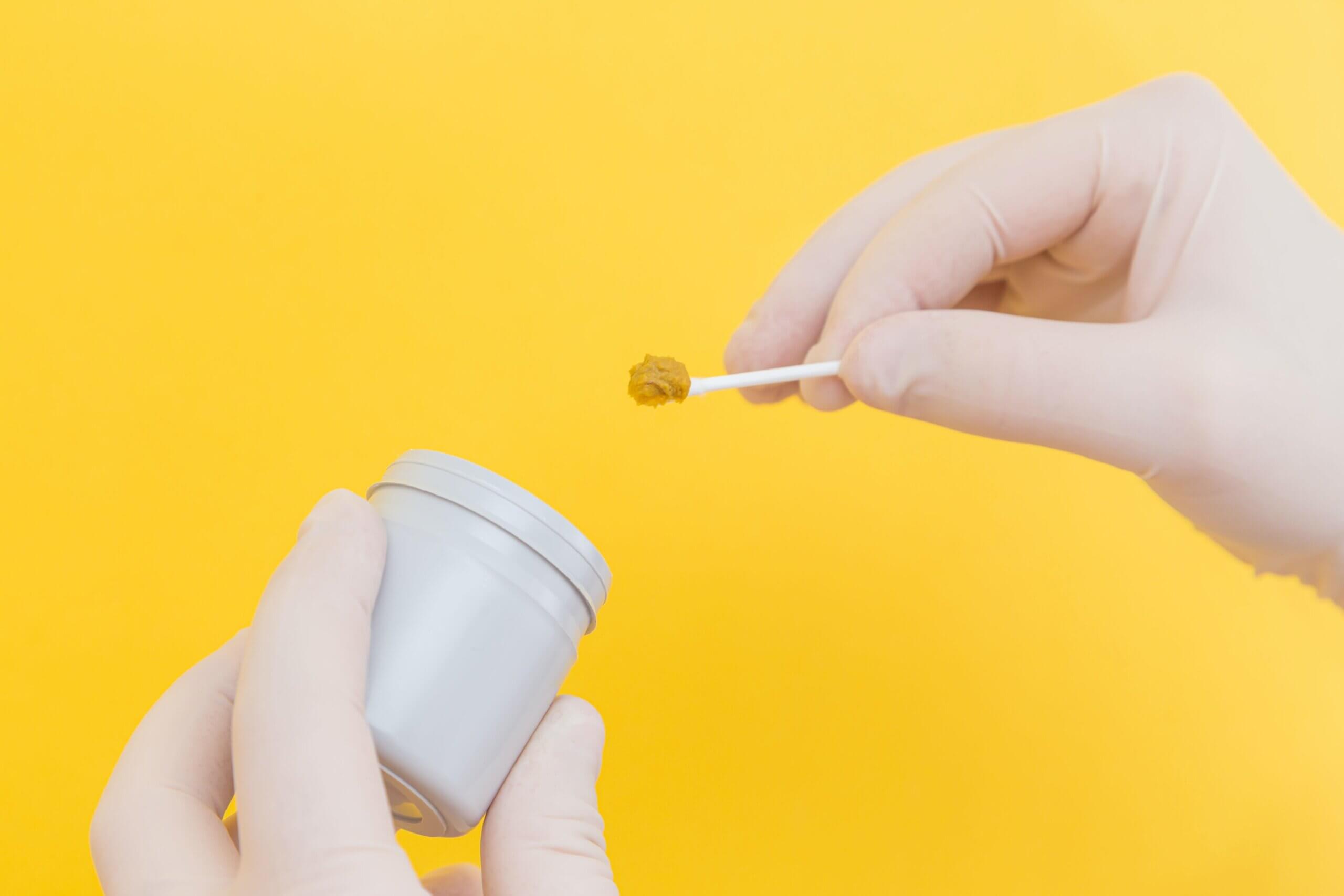

0 thoughts on “How To Store Cat Toys”